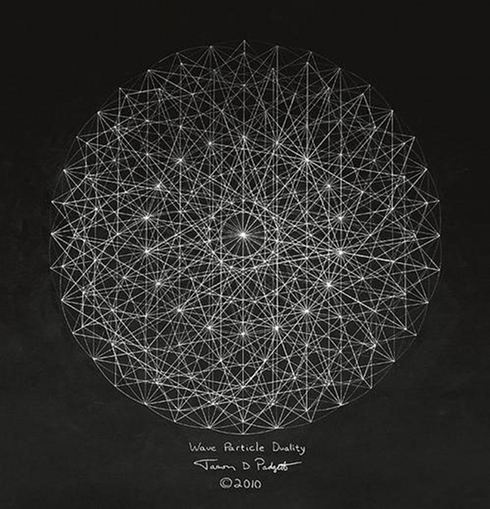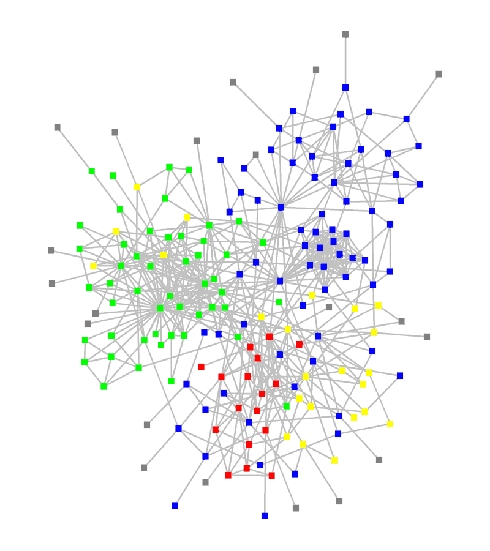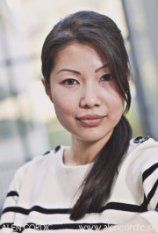
Through the looking glass.
Text and Photo © JE Nilsson and CM Cordeiro 2013
One of my favourite lectures of 2012 comes from the field of quantum physics, entitled The End of Space and Time?, delivered by Robbert Dijkgraaf on 20 March 2012 at Gresham College in the United Kingdom. Dijkgraaf was President of the Royal Netherlands Academy of Arts and Sciences (KNAW), and is currently Director and Leon Levy Professor at the Institute for Advanced Study, Princeton, New Jersey, USA. Continue reading “J.A. Wheeler’s one particle, the eve of 2013”
![Vasquez, Rodriguez and Roemer (2008) arXiv:0807.2217v1 [cond-mat.dis-nn]:](../wp-content/uploads/2012/10/Multifractal-3D-Anderson-model.jpg)




 It was also during this time that Geely acquired Volvo Cars from American Ford in 2010, landing China the single largest foreign acquisition, at the same time (
It was also during this time that Geely acquired Volvo Cars from American Ford in 2010, landing China the single largest foreign acquisition, at the same time (